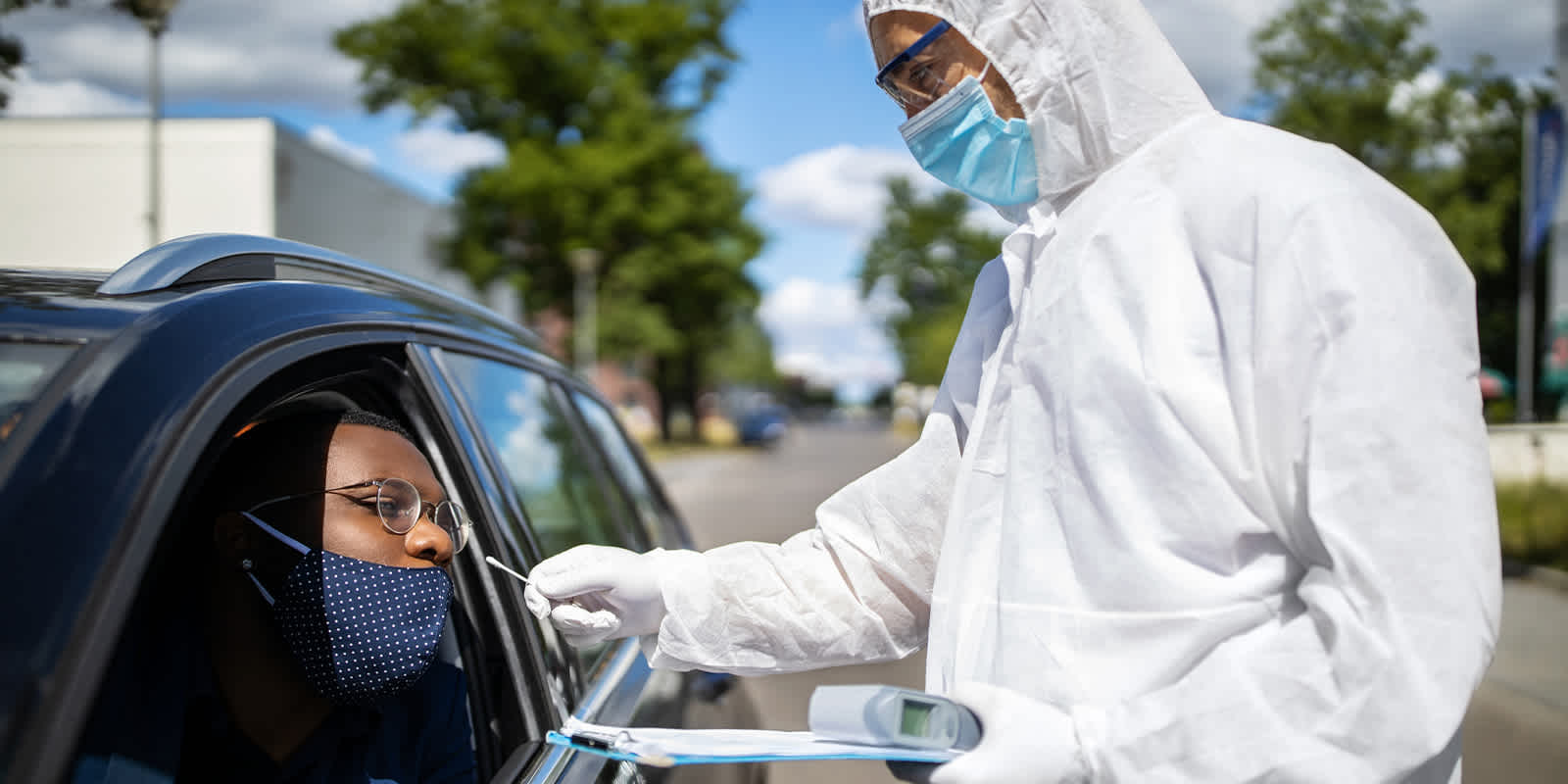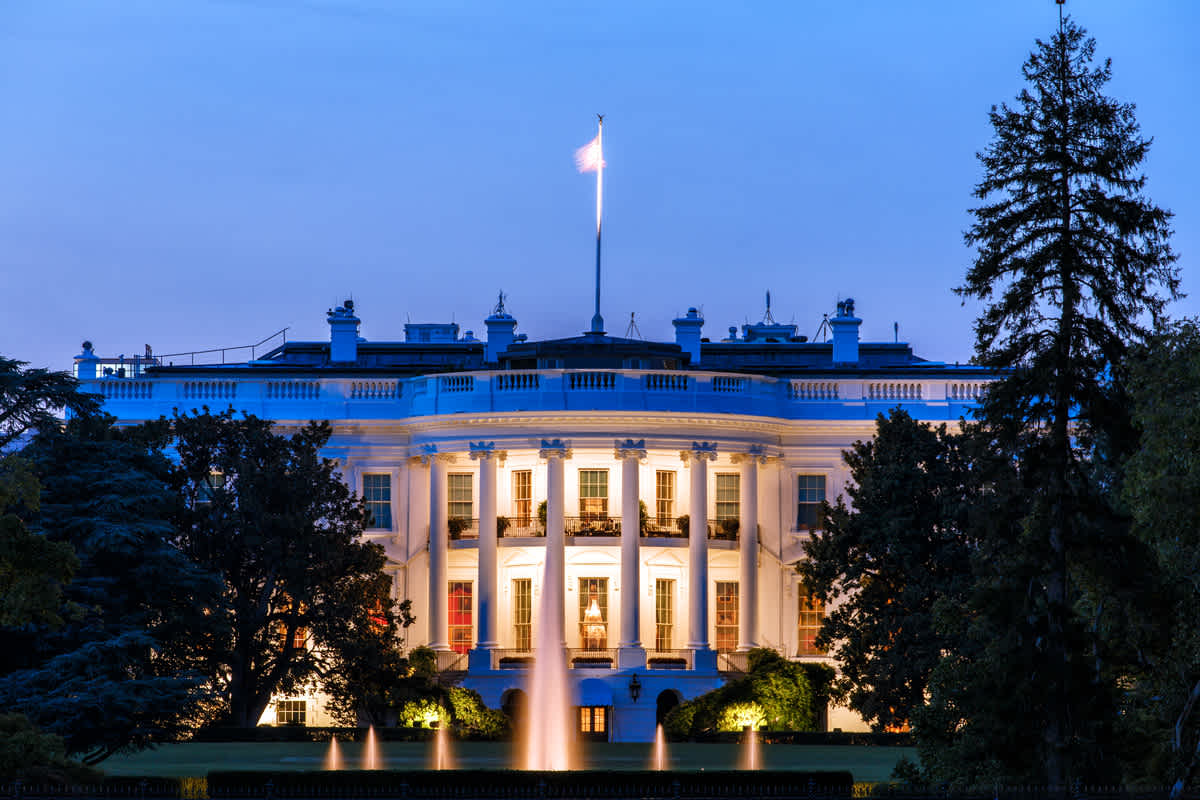
September 28, 2021
US Covid Testing Plans Put Supply Chains to the Test
US Covid Testing Plans Put Supply Chains to the Test
The Biden administration's Path Out of the Pandemic initiative is focused on vaccine mandates, but also aims to radically increase Covid-19 testing. Based on current United States’ production capabilities, that means great numbers of test kits will be imported. If we look at the past 12 months of data, up to two-thirds of supplies came from the European Union.
But the EU has its own demand for Covid tests. It is both a producer and an importer. From a US perspective, the EU is source and competition.
Flexport Principal Supply Chain Economist Chris Rogers takes a look at how global competition for test kits could play out in the coming months.
Delivering on the Path Out of the Pandemic plan includes, among other things, a federal commitment to buy 280 million test kits at a cost of around $2 billion.
The fulfillment of the testing portion of the plan falls largely on retailers, non-retail firms supporting their staff, and medical institutions, which all face major challenges.
How they’ll handle the challenges remains to be seen, but solutions could include:
- Securing volumes from both US and overseas manufacturers in a competitive market. That could require long-term, take-or-pay contracts to incentivize manufacturers to increase production capacity. There may also need to be a review of working capital conditions given the need for upfront payments.
- Keeping track of quality both from existing suppliers as well as new suppliers, with significant regulatory requirements (including from the FDA) and customs compliance hurdles to overcome. High-quality supply chain visibility and communications will be vital.
- Shipping to the US or EU and onward for distribution in already constricted logistics networks during the peak shipping season. That may require a mixture of shipping approaches—for example, using air and priority ocean shipping for smaller-but-sooner supplies and regular ocean shipping for the bulk of supplies. Flexible distribution networks will also be key to success.
The Biden administration also plans to use the Defense Production Act (DPA), which lets the US government direct private industry, to address shortfalls.
Yet, a short-term ramp-up in US manufacturing is not guaranteed given the need for sourcing machinery, constructing facilities, and training staff in an already constrained labor market. That will result, at least initially, in an increasing need for sourcing of kits from overseas.
Importing Covid Test Kits
There’s already been a steady rise in US imports of test kits—using US International Trade Commission definitions and US Census Bureau data—with growth of 28.3% year over year in the three months to July 31, 2021 and an expansion of 72.2% compared to the same period of 2019.
Those shipments are highly dependent on supplies from the European Union, which accounted for 66.0% of the total in the past 12 months. A further 15.1% are sourced from the UK and Switzerland.

The EU itself, however, is also a significant importer of test kit materials with the total value of imports in the 12 months to June 30 being 39.1 billion euros, according to Eurostat figures. That makes the EU a significant competitor for supplies from the rest of the world as well as a major supplier.
The EU has also sourced many more testing kits than the US. That likely reflects the wider use of simpler-to-product lateral flow (“at home”) tests versus the PCR (laboratory) tests predominantly used in the US.
EU imports rose 53.0% higher year over year in Q2’21, led by a 596% rise in shipments from China. Shipments from China to the US meanwhile fell by 64.4% in the three months to July 31 and only accounted for 1.5% of the total.
One thing you don’t have to be an economist to figure out: The pandemic will continue to put supply chains to the test.





